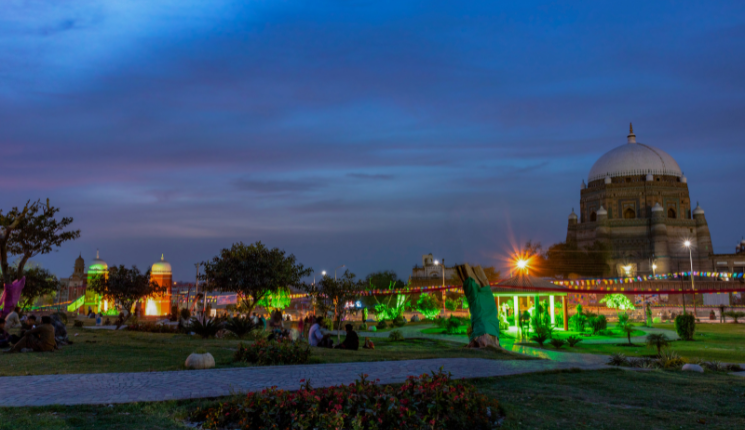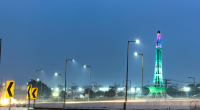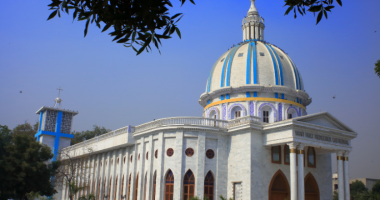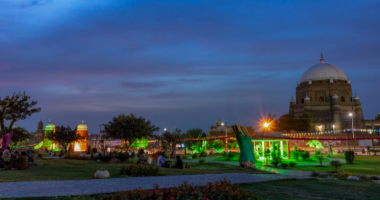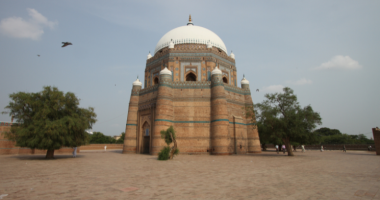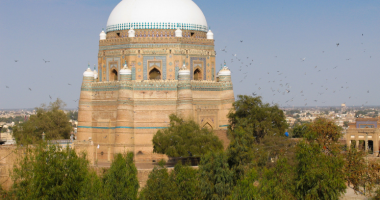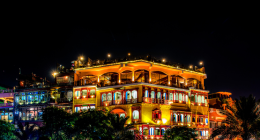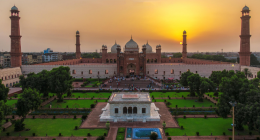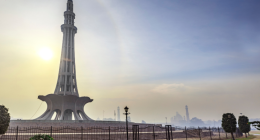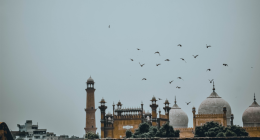Multan, famously known as the City of Saints, is one of the oldest continuously inhabited cities in South Asia. Not only does it hold deep religious roots, but it also embraces a strong tradition of craftsmanship, architecture, and storytelling. Its rich blend of Sufi heritage, Mughal design, and handcrafted art makes it a dream destination for culture lovers.
Whether you’re a seasoned traveler or simply curious about Pakistan, the Multan cultural spots will absolutely charm you. In fact, every street corner reveals something fascinating—from bustling shrines to peaceful museums. So, if you’re looking for a destination where the past and present live side by side, Multan is the place to be.
Discover Spiritual Heartbeats in Multan Cultural Spots
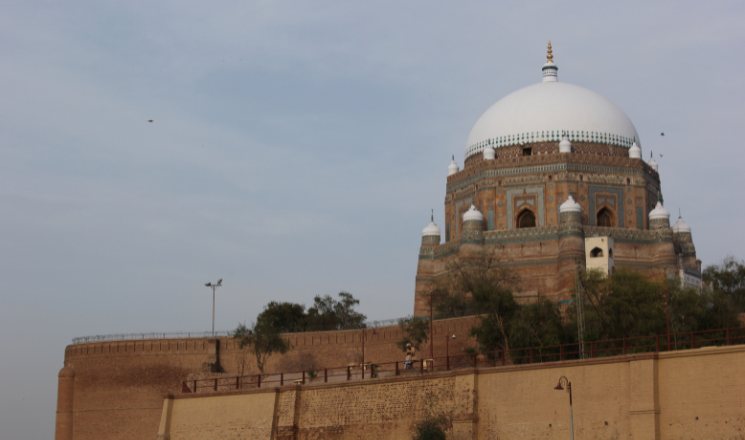
When visiting Multan, you’ll instantly notice its spiritual energy. The city’s ancient shrines serve not only as places of worship but as cultural icons that reflect centuries of devotion and craftsmanship.
1. Shrine of Bahauddin Zakariya
Standing strong since the 13th century, this Sufi shrine features mesmerizing blue tilework and Central Asian architectural flair. Leaders once used this site during key political shifts in the region, giving it dual spiritual and historical importance.
2. Shrine of Shah Rukn-e-Alam
One of Pakistan’s most iconic spiritual landmarks, this tomb’s octagonal shape and towering dome make it a must-see. Despite its age, the structure remains stunningly well-preserved, welcoming architects, historians, and pilgrims alike.
Tip: Download Heritage Walk Pakistan to enjoy a self-guided tour around these shrines with detailed historical insights in both English and Urdu.
Historic Forts and Multan Cultural Spots of Power
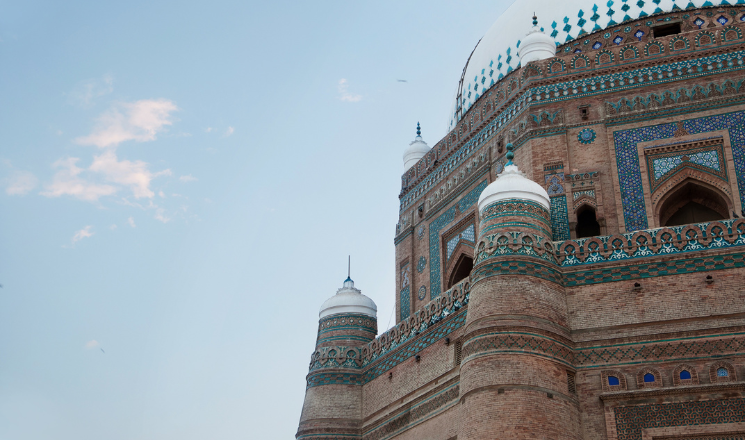
Beyond its spiritual heritage, Multan offers tales of battles, rulers, and resistance—especially through its fort ruins and battle towers.
1. Remains of Multan Fort
Although most of the original structure no longer exists, sites like Qasim Bagh and Damdama offer breathtaking views over the city. British forces destroyed much of the fort during their colonial expansion, but its legacy remains etched into Multan’s skyline.
2. Khuni Burj and Memorial Points
Named the “Bloody Tower,” Khuni Burj marks a chapter of intense conflict. Even though the name might be grim, the place now stands as a testament to the resilience and strength of the Multani people.
Use CityMaps2Go to mark these landmarks offline and explore them at your own pace without Wi-Fi.
Artistic Heritage in Multan Cultural Spots
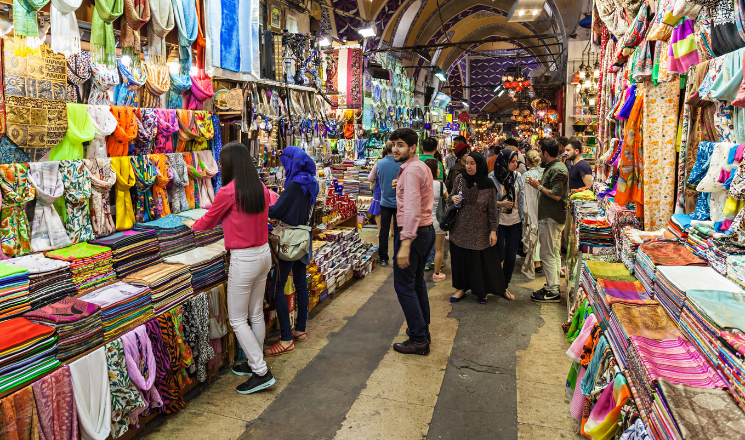
If you love arts and crafts, you’re in for a treat. Multan thrives with artisanal traditions that continue to this day—from blue pottery to camel skin lamps and colorful embroidery.
1. Hussain Agahi Bazaar
At the heart of Multan’s old city, this bazaar bursts with cultural flavor. Artisans still practice techniques passed down through generations. The colors, patterns, and energy of this market make it a cultural attraction all its own.
2. Multan Arts Council
This hub regularly features exhibitions, drama performances, and local talent. No matter when you visit, there’s usually something exciting happening here that connects you with the soul of the city.
For event listings and art exhibitions, try the Pakistan Culture App to stay in the loop.
Museums that Protect Multan Cultural Spots
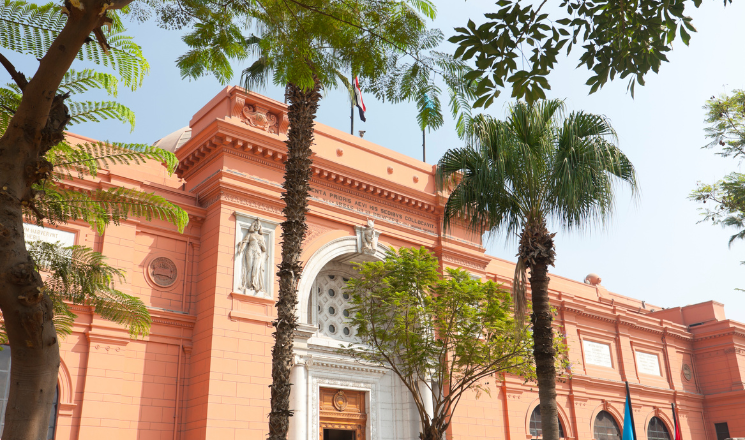
Prefer your culture in carefully labeled glass cases? Multan also features smaller museums where history and heritage are preserved with care.
1. Multan Museum
Located near the Qasim Bagh, this compact museum highlights ancient coins, manuscripts, pottery, and relics from Multan’s long history. Though it’s modest in size, it offers deep insight into the city’s layered identity.
2. Mini Museums at Shrines
Several larger shrines, like Shah Shams Sabzwari, have attached rooms that showcase rare Persian manuscripts, sacred texts, and even Sufi musical instruments. Shrine caretakers have beautifully preserved these items.
Scan QR plaques using Google Lens to unlock digital stories and translations on-site.
Neighborhood Strolls Through Multan Cultural Spots
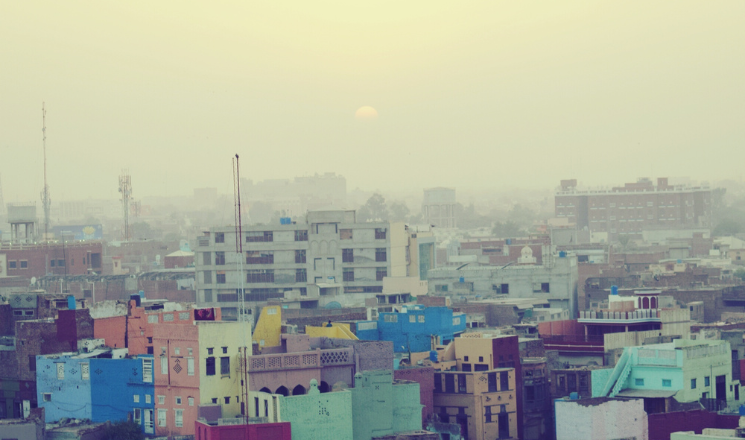
Sometimes, culture isn’t in a museum—it’s in the streets. Multan’s old neighborhoods reveal much about the city’s soul, especially when you walk through their historic gates and winding lanes.
1. Old City Gates & Inner Neighborhoods
Bohar Gate, Lohari Gate, and Delhi Gate were once defensive structures. Today, they invite you into living history. Generations of families still live in the beautifully carved wooden houses that line these alleyways.
2. Pak Gate to Lohari Gate Trail
This less touristy route lets you explore authentic Multani life. On your walk, expect to see street-side calligraphy, brass shops, and friendly locals willing to share a tale or two.
Use Map My Walk to document your route while discovering Multan cultural spots away from the crowd.
Living Traditions: Food & Festivities in Multan
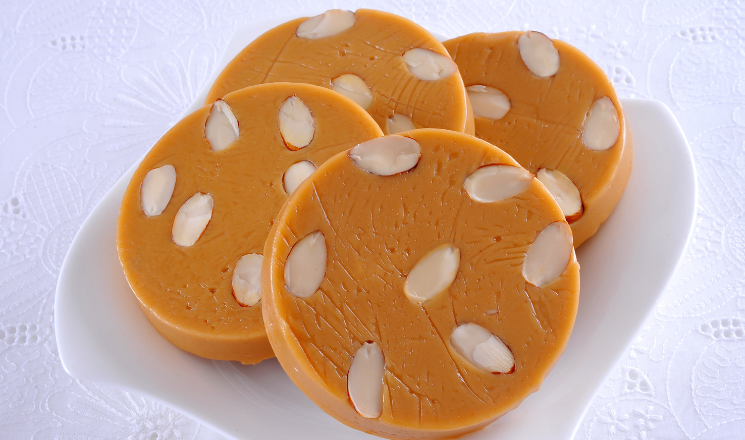
Culture also lives in what we eat and celebrate. Multan’s food and festivals reflect its identity just as much as its architecture or artifacts.
1. Sohan Halwa and Street Foods
Multan’s most famous dessert, Sohan Halwa, is more than just sweet—it’s symbolic. Local families have followed traditional methods for generations. Try it fresh and warm for the best experience.
2. Urs Festivals and Cultural Melas
Multan’s spiritual calendar is packed with Urs festivals honoring saints. They blend Sufi music, open-air food stalls, and traditional rituals. These vibrant gatherings reflect the unity of the community.
Want to catch a festival? Install the TDCP (Tourism Development Corporation Punjab) App for schedules and public event info.
Final Thoughts on Multan Cultural Spots
All in all, Multan is not just a city—it’s a living, breathing museum filled with ancient spirituality, enduring art, and warm community life. While its majestic shrines and monuments are well-known, you shouldn’t overlook the hidden alleys, quiet libraries, or artisan markets. In fact, the smaller details often reveal the city’s true charm.
So, if you’re after a deeper kind of travel, Multan’s cultural spots will absolutely satisfy your soul and curiosity. Whether you come for faith, history, or art, there’s always something to spark wonder in this incredible city.

